Stonework
One of the challenges of construction with natural elements envolves rocks. Quarries in Friuli produce marble and stones: the Carnia grey, the red of Verzegnis, the “Piasentina” of Tarcento, Faedis, Attimis. Out of the quarry rocks need to be rough cut and finished by hand or with CNC machines (CNC: Computer Numerical Control). Plates, columns, shaped frames for walls, outdoor and indoor pavements are the result of this process.Heavy tools
“In the quarry, the lightest tool was very heavy. Stonecutters were lucky because their mallet weighed three kilos at the most. But we, third category laborers, handled things that ranged from 20 to 80 kilos. Mallets, bullwheels, jiggers, jacks, crowbars. And when we weren’t using them it was because we had to transport by hand scrap blocks which were heavy pieces of marble anyway. After a couple of years in the quarry you needn’t go to a gym to look like a bodybuilder” (Mauro Corona, Nel legno e nella pietra).To build inside the rocks
Roads and tunnels, on and under the ground, under the sea, made inside rocks are works that put ability to the test due to the particular working conditions. In time, techniques show how technological evolution transformed the operating possibilities: from handwork and explosives to the gigantic milling machines called moles (TBM) and miniaturized machines for microtunneling.Stones, cobbles, lime and mortar
“Mosaic is an integral part of architecture, it isn’t decoration” (Gian Piero Brovedani - Director of the Scuola Mosaicisti, Spilimbergo).From cobbles, mosaic
The Venetian art of mosaic, which is in debt with the Byzantine tradition, had an important revival during the 16th century thanks to mosaicists from the area of Spilimbergo (Sequals, Colle, Solimbergo, Arba, Fanna, Cavasso Nuovo and Spilimbergo, in Western Friuli) who moved to Venice. The mosaics that these workers created were made of tiles cut from stones of the rivers Meduna, Cellina and Tagliamento, collected by women and children and then sent to Venice. In the 19th century, Friulian mosaicists exported their art and experience all over the world, taking part to the decoration of the Library of Congress in Washington and the Opèra in Paris, but to name two.The terrazzo floor
While the territory of Sequals specialized in mosaic, the region of Cavasso and Fanna stood out for the production of the terrazzo floor. Terrazzo is a type of pavement consisting of marble chips poured on a layer of mortar. The surface then goes through beating, sanding, plastering and polishing. “It is surprising that there are substances that light up with water after burning” (Plinio, about lime).Lime and mortar
Until not long ago, the baking of limestone at high temperature produced lime directly on the building site, while nowadays it can be purchased ready in sacks. The stones, loosing carbon dioxide, originated quick lime which became slaked by dipping it into water. Lime and sand compose mortar (which is used for walls, grout lines for bricks and tiles, finishing and preparation for a fresco). Depending on the hardening method of the material, there are two kinds of mortar: the aerial, which hardens when in contact with air, and the hydraulic, that hardens without air.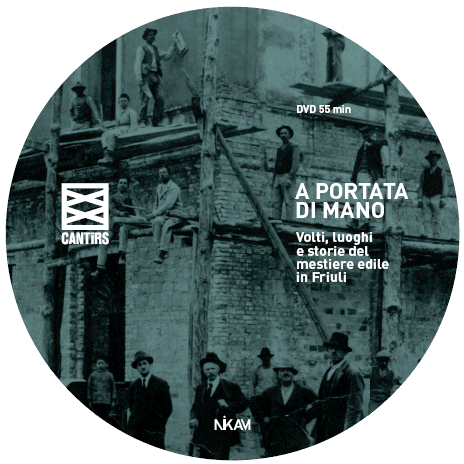
A portata di mano.
Volti, luoghi, storie del mestiere.
Realizzato da Nikam Immagine Video, Udine (2014), a cura di Paolo Comuzzi, Andrea Trangoni, Sabrina Tonutti. Il documentario si articola in una serie di video-interviste a lavoratori, imprenditori edili, insegnanti e Direttori di istituti aventi a che fare con l’edilizia friulana. Le tematiche più salienti affrontate sono: la trasmissione del sapere di mestiere ai giovani; come è cambiato il settore edile nel giro di mezzo secolo; l’emigrazione in edilizia; l’evoluzione tecnologica e normativa; storie personali di mestiere; storia delle fornaci; edilizia idraulica; la lavorazione della pietra; il mosaico; la prefabbricazione; tecniche e materiali in edilizia. Oltre alla video-interviste il documentario propone riprese video realizzate ad hoc e una ricca selezione di materiale filmico/fotografico d’archivio.
LE TUE FOTO

per spedirci del materiale
fotografico






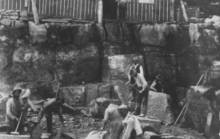
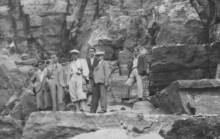
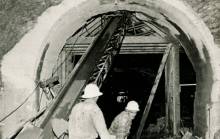

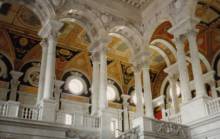
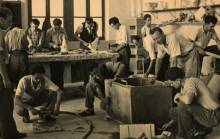
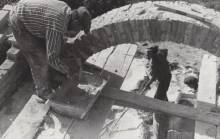



 museo@cassaedileud.it
museo@cassaedileud.it